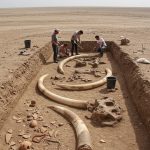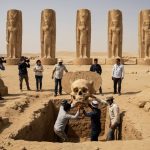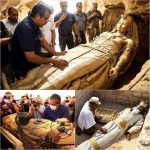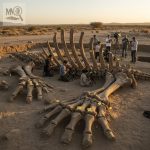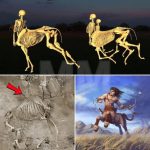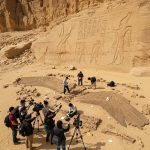Unveiling the Ancients: Mysterious Skeletons in Egypt
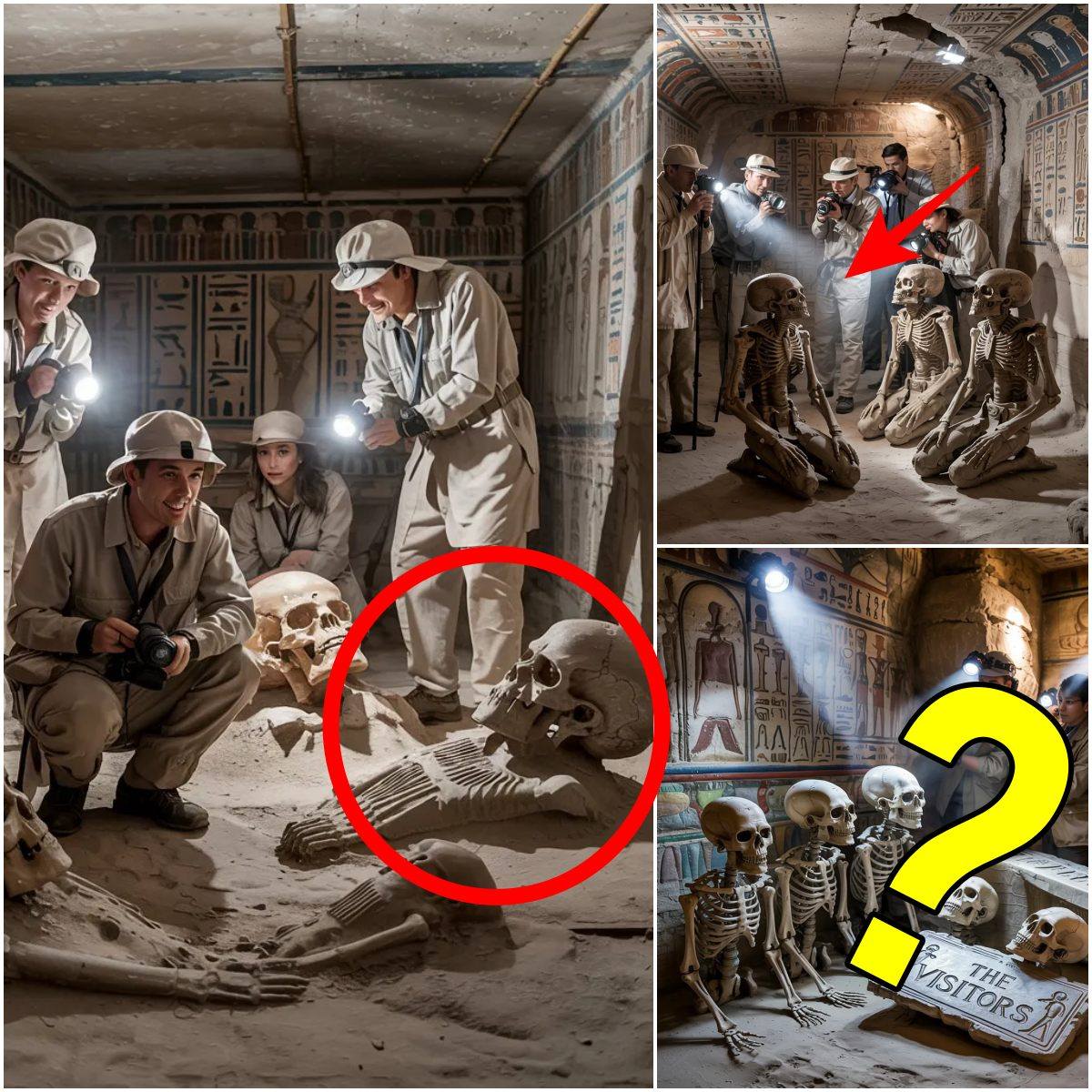
In a discovery that has captured the attention of archaeologists, historians, and enthusiasts worldwide, a series of malformed skeletons has been uncovered in Egypt, challenging conventional understandings of ancient human history. Found in carefully preserved burial sites, these unusual remains have sparked heated debate regarding their origins, significance, and the possibility of connections to extraterrestrial lineages. While some interpretations remain speculative, the findings offer a fascinating intersection of archaeology, mythology, and scientific inquiry.
The Discovery

The skeletons, recovered from an undisclosed site in Egypt, display anatomical anomalies that distinguish them from typical human remains. Experts have noted elongated skulls, irregular bone structures, and other unusual features that prompt questions about the individuals’ health, genetic background, and developmental patterns. These skeletal traits have fueled both scientific and speculative discussions about mutations, ancient medical practices, or even potential interactions with unknown beings.
Archaeologists emphasize the importance of careful analysis, including DNA testing, carbon dating, and comparative anatomy studies. Each skeleton provides valuable insights into the environment, lifestyle, and health of populations living in ancient Egypt. Moreover, the burial context—rituals, grave goods, and placement—may hold additional clues about the social and cultural significance of these individuals.
Debates and Speculation
The anomalies have sparked speculation regarding ancient contact with extraterrestrial beings. Some enthusiasts suggest the skeletons could represent hybrid lineages or evidence of beings beyond our world interacting with early civilizations. This theory, while controversial, highlights the enduring fascination with the unexplained in archaeology and the human desire to connect mythology with tangible evidence.
Meanwhile, mainstream scholars urge caution. Natural explanations such as congenital deformities, genetic mutations, environmental factors, or ceremonial modification of skulls provide plausible interpretations. History offers examples of cranial elongation practices, nutritional deficiencies, and genetic variations that could account for unusual skeletal morphology. Scientific rigor is critical to distinguish myth from reality while still appreciating the extraordinary nature of the find.

Bridging Myth, Science, and History
Regardless of interpretation, the Egyptian skeletons illuminate the intersection of mythology, culture, and human biology. Ancient Egyptian civilization has long inspired curiosity about gods, otherworldly powers, and the metaphysical. These skeletal remains provide an opportunity to explore how myths may reflect real phenomena, whether through symbolism, ritual, or the observation of rare biological anomalies.
The ongoing research into these skeletons exemplifies the dynamic relationship between evidence and imagination. By applying modern techniques to ancient mysteries, scientists can unravel not only the biological history of these individuals but also gain insight into cultural perceptions, burial practices, and the stories that shaped human understanding of the extraordinary.
Conclusion
The discovery of malformed skeletons in Egypt challenges conventional history, raising questions about human evolution, ancient practices, and possible intersections with the unknown. Whether the anomalies are natural, cultural, or hint at something more extraordinary, each skeleton bridges mythology, science, and legend. As experts continue to study these remains, the world watches in anticipation, pondering whether humanity’s past was shaped solely by earthly forces—or if it included encounters with beings from beyond the stars.


